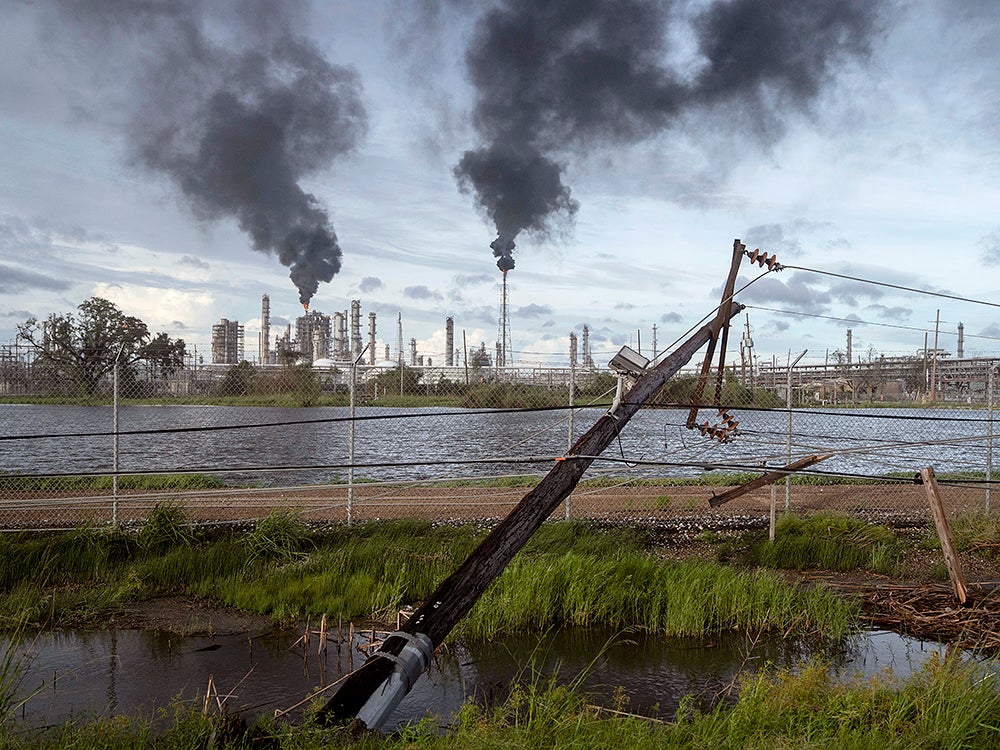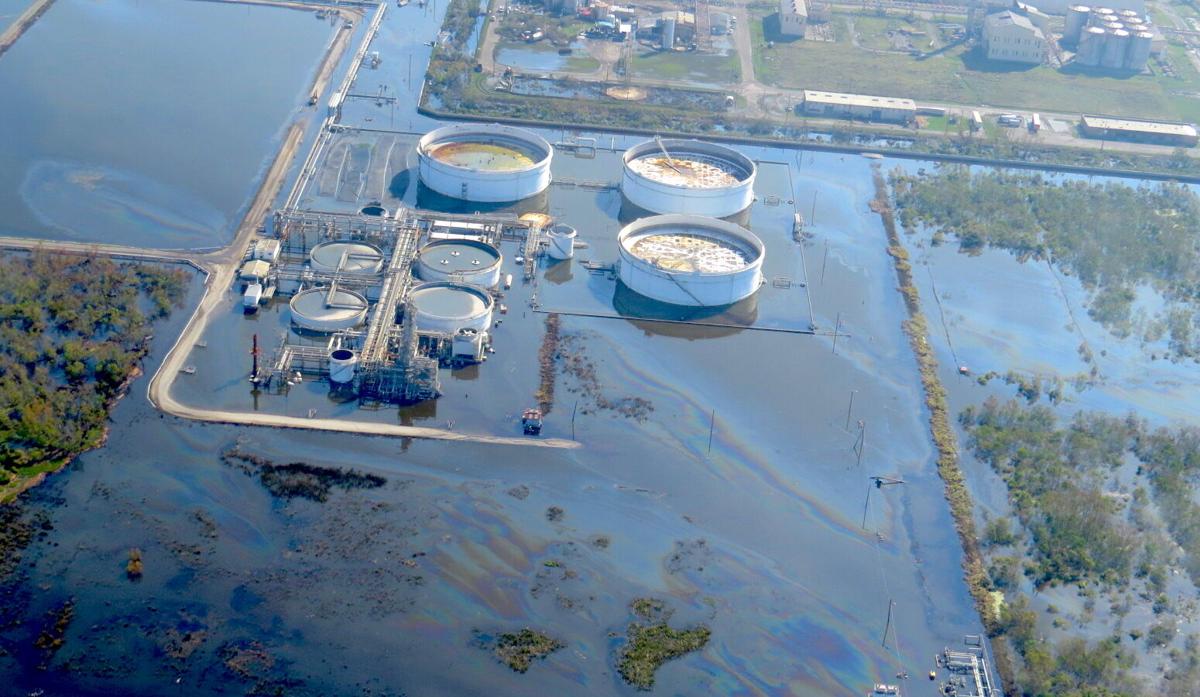
Report reveals scale of pollution after Hurricane Ida, Healthy Gulf Calls for Reforms in Reporting, Data Sharing, and Response
Healthy Gulf released a report that reveals Hurricane Ida left a trail of oil, gas, and chemical pollution across Southeast Louisiana far beyond what was initially reported. In the months following the August 29, 2021 landfall of Hurricane Ida, reports of pollutant releases due to the storm were examined by aggregating and analyzing otherwise unorganized data from several reporting agencies.
- In total, the assessment of Hurricane Ida-related release data shows that there were 2,230 pollution events that occurred directly or indirectly because of the hurricane.
- Among those were 171 oil spills involving at least 229,633 gallons cumulatively.
- There were 257 reports of oil spills or sheens, and 22 of these oil spills and sheens added up to an area that equaled over 25 square miles.
- There were 48 instances of air pollution reported, with over 1 million pounds of pollutants emitted.
Despite the alarmingly high numbers, these totals are almost guaranteed to be an undercount of what was actually released due to severely lacking data protocols by the response agencies involved.

“Pollution events following storms do not occur in a vacuum,” says Naomi Yoder, staff scientist for Healthy Gulf. “In fact, they are almost entirely predictable after the pattern is repeated year after year, storm after storm, spill after spill. Pollution events from storms on the Gulf Coast occur in environmental justice communities, and create climate justice communities. For Hurricane Ida, similar to Hurricanes Delta, Laura, Rita, and Katrina, climate injustice and environmental injustice collide and compound, through the spillage of massive amounts of pollution in the air, soil, and water. Pollution is already a significant concern for human and ecological health on its own, but, combined with these other demographic factors, the situation starts to resemble intentional “sacrifice zones” where people and ecosystems are discarded or regarded as lesser than others. Human rights and rights of nature are non-negotiable. No people or ecosystems deserve to be treated as a sacrifice zone, much less people that have been marginalized for years, decades, and even centuries.”
The key findings from the report can be found at: https://healthygulf.org/IdaSummary
The full report can be found at: https://healthygulf.org/IdaReport
